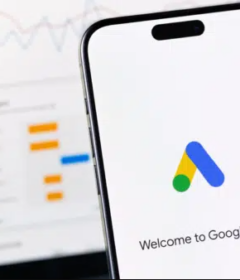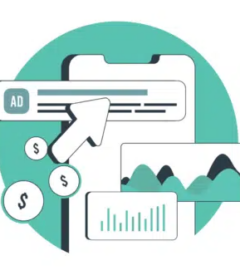New Anthropic Claude Team Plan Versus ChatGPT Team
Generative AI For Teams
Modern SaaS technologies for businesses generally come with a team version that allows collaboration within a company and also gives security and control to management so that proprietary documents don’t accidentally leak to the public.
Open AI launched their ChatGPT Team plan in January 2024, which offered a secured workspace for users within a company at a reasonable monthly and yearly subscription model. Anthropic has finally launched their own Team version of Claude with features that exceed what’s offered by ChatGPT Teams.
Claude Team Compares To ChatGPT Team
Claude is known as a great model for creative purposes and a team version that’s more powerful than the regular paid version makes it even more attractive but the important question is how does it compare to ChatGPT Team?
ChatGPT Team is $5/month cheaper (on the yearly billing plan) than Anthropic’s collaborative plan. Otherwise they are both priced at $30/month per user.
Claude Team is a step up from ChatGPT’s Team in one important way and that’s the context window. A context window is a metric of how much data a model can process at one time. The larger the context window the more data the model can analyze in one batch.
ChatGPT Team offers a context window of 32k but Anthropic Claude Team users enjoy a whopping 200k context window which is about 150,000 words or 500 pages of text.
Team Versus Pro Version
When it comes to collaborating within a company, Claude Team is a better value than the regular Pro version because it provides more usage than the regular Pro plan which means that individual users can do more work than users on the Pro plan. The Team version also offers collaborative features like the ability to create a shared database that can be used for projects. Beyond that it offers administrative tools for managing users and billing.
More features are on the way according to the official announcement:
“In the coming weeks, we will be releasing additional collaboration features, including citations from reliable sources to verify AI-generated claims, integrations with data repositories like codebases or CRMs, and iterating with colleagues on AI-generated documents or projects—all while maintaining the highest standards of security and safety.”



